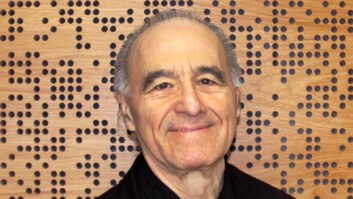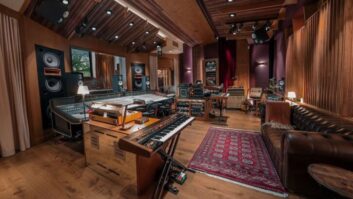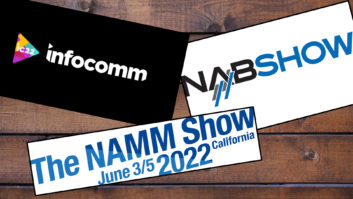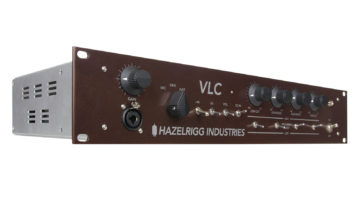David Schwartz, co-founder of Mix and the original author of this space, used to say, “If you want to know where the industry is headed, talk to the designers.” He meant, of course, that studio designers get the first call (okay, perhaps after the bank) when someone wants to build out their audio future, and as such are in a unique position to forecast coming trends.
That initial surge of “project studios” some 15 years ago was prefaced by increased demand for consultations with designers rather than full builds. The boom in new Nashville studios of the mid-‘90s was foretold in some circles, accompanied by cautionary tales of overbuilding. The mad scramble for high-end home theaters during the past five years even enticed many of the top acousticians and architects from our industry, long before plasmas became the hot item at Best Buy.
So where do we stand today? Who’s building studios and for what purposes?
There’s really no easy answer. What we do know is that people are building, across all markets and in all regions of the country. Just when it seemed big studios were falling, we see Record Plant installing an SSL 9000 and redoing a main room to accommodate a recent flood of activity. The Newman Scoring Stage at Fox just bought a Neve 88R and reworked the cabling/wiring infrastructure. Just when we thought every producer-owned facility was being built into a home, Jay-Z goes and opens Roc the Mic in Manhattan.
And, yes, there are high-high-end producer-owned facilities being built into homes, too, but these are hardly the project studios of yore. Game sound facilities are being built out like mini-lots. New remote trucks are hitting the road. Mastering facilities are going private. Universities are putting in new performance spaces and control rooms. And corporate? In-house facilities may have gone dormant following 9/11, but ask any studio designer, and he or she will tell you that corporate production is back in a very big way.
This wide range of facilities is what struck us most with this year’s submissions to the “Class of 2007.” Before putting together this special studio design issue, it would have been easy for us to name this the year of the producer-owned hideaway. After receiving the photos and stories, and then pulling tips from designers about optimizing existing spaces, it seems more like the first year of the next 10 years. The beginning of growth. The beginning of a new type of production model for the audio industry — a model that includes private/public, personal/commercial, linear/interactive.
So why not start the next 10 years by looking at your studio today? After all, if there’s one thing that all rooms have in common, it’s that they are designed to produce accurate and true sound. Measure your room, tune your room, listen in your room. And if you don’t like what you hear, call a designer. They seem to know what’s going on.







